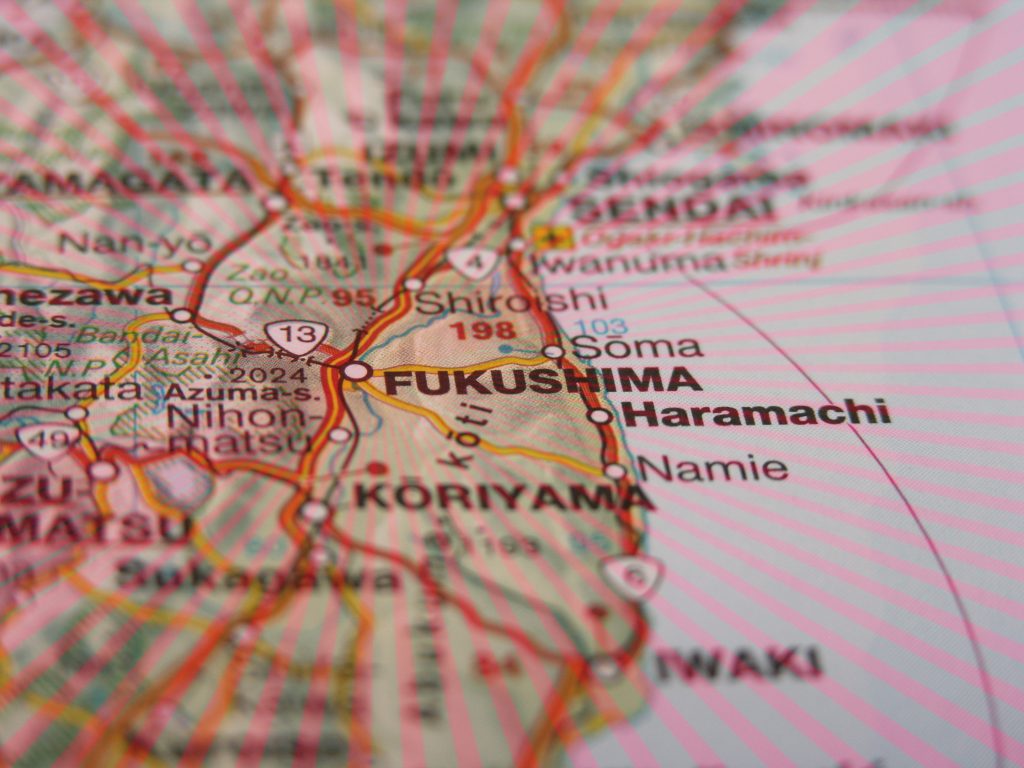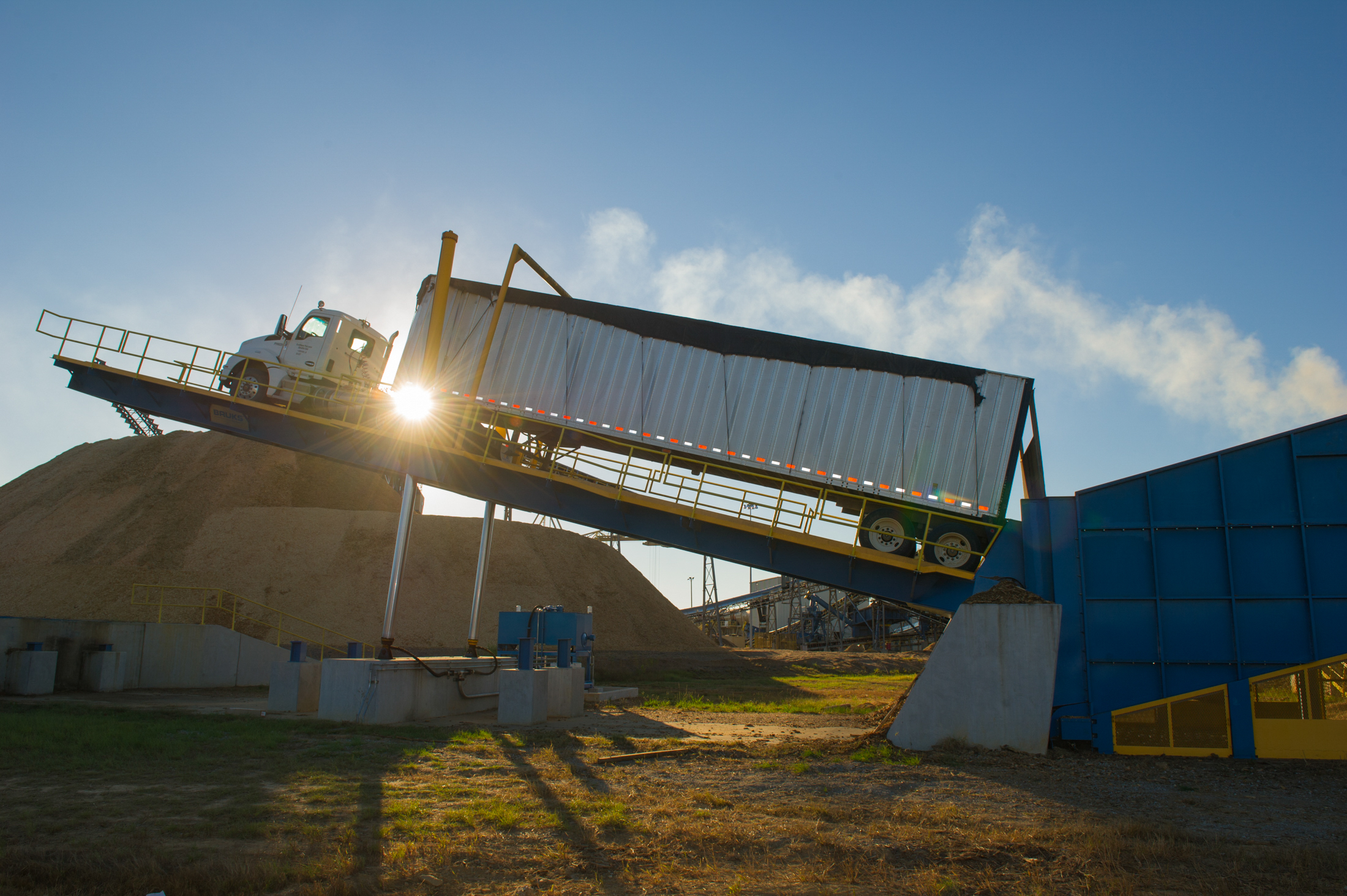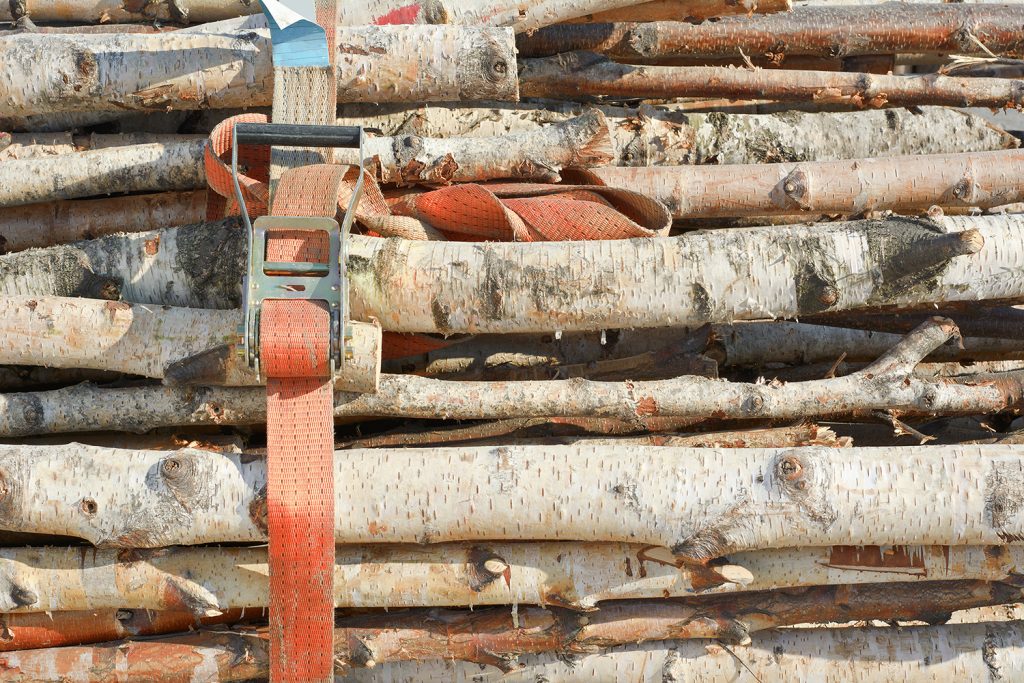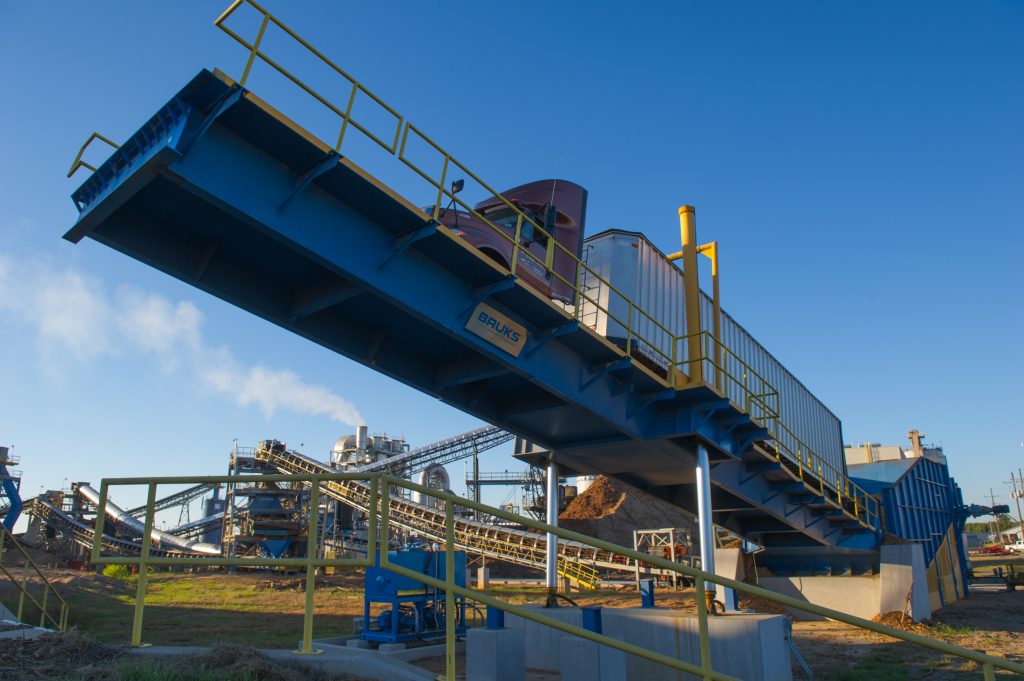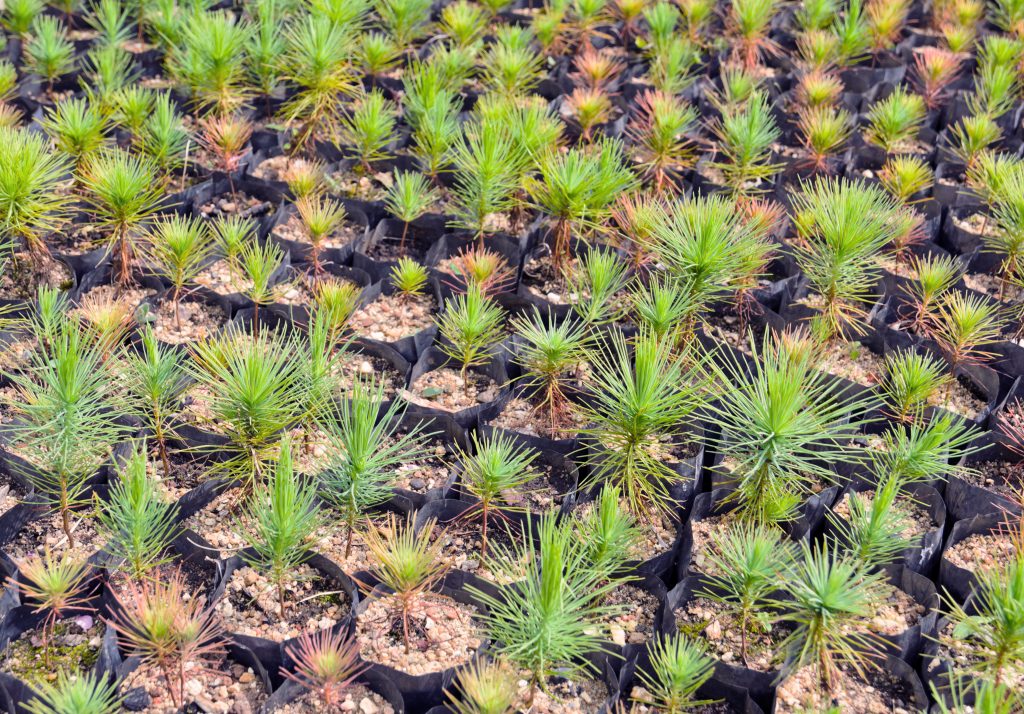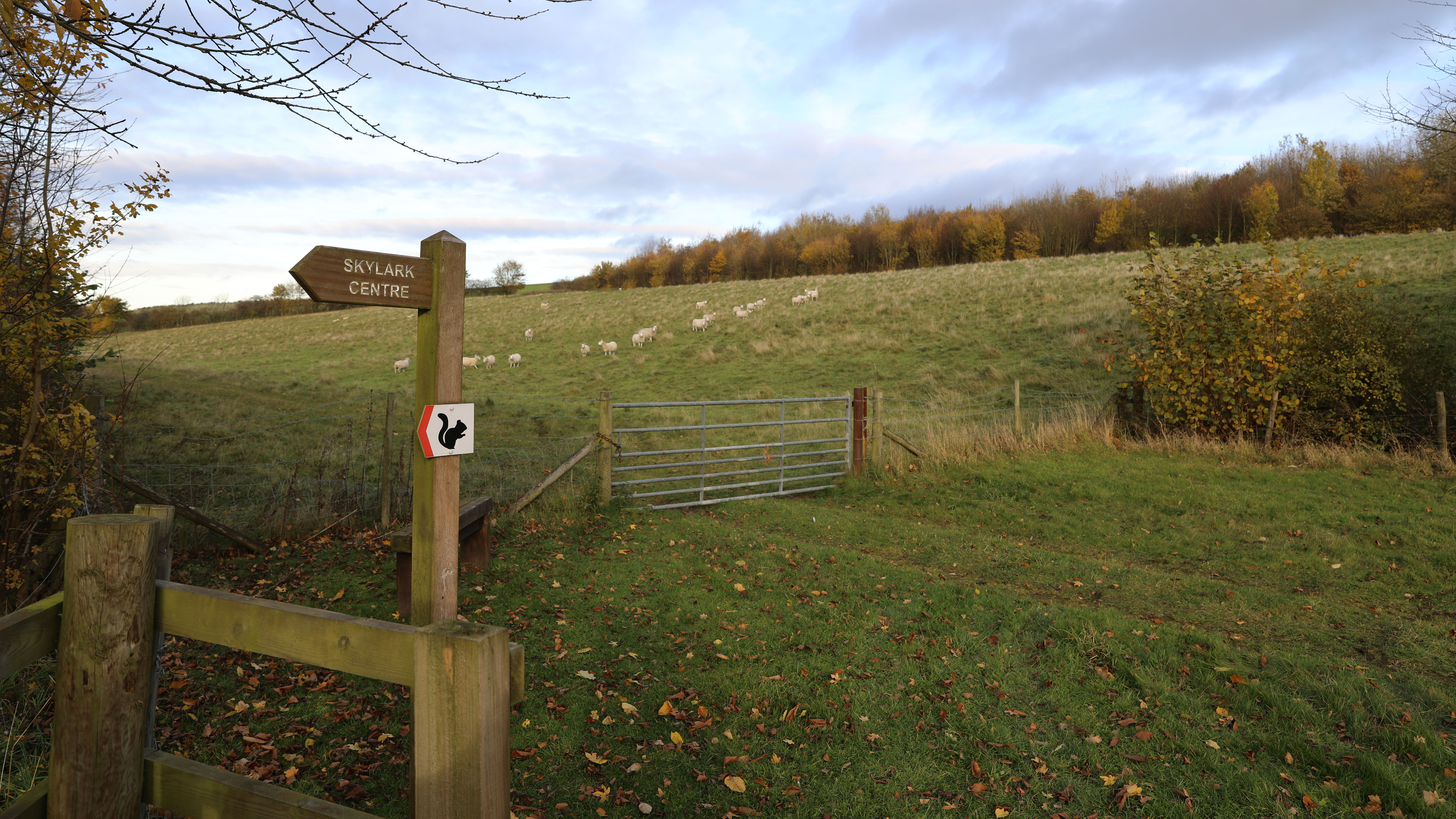
Take a walk up the banks of Barlow Mound this weekend and you could encounter sheep, roe deer, rabbits, falcons, bats and impressive views of North Yorkshire as well as a host of other fauna and flora. What you might not realise is the hill you’re standing on is entirely man-made and is largely made of ash.
That this might be a surprise to visitors is testament to the success of Barlow Mound, a project which was conceived in the 1970s as a disposal solution for the left-over power station product of ash, that has gone on to provide a thriving natural habitat to be enjoyed by wildlife and local residents alike.
Whilst Barlow Mound has a fascinating recent history, it is by no means a thing of the past. Today it’s a unique environment that is continually managed by a passionate team and offers plenty for visitors to see.
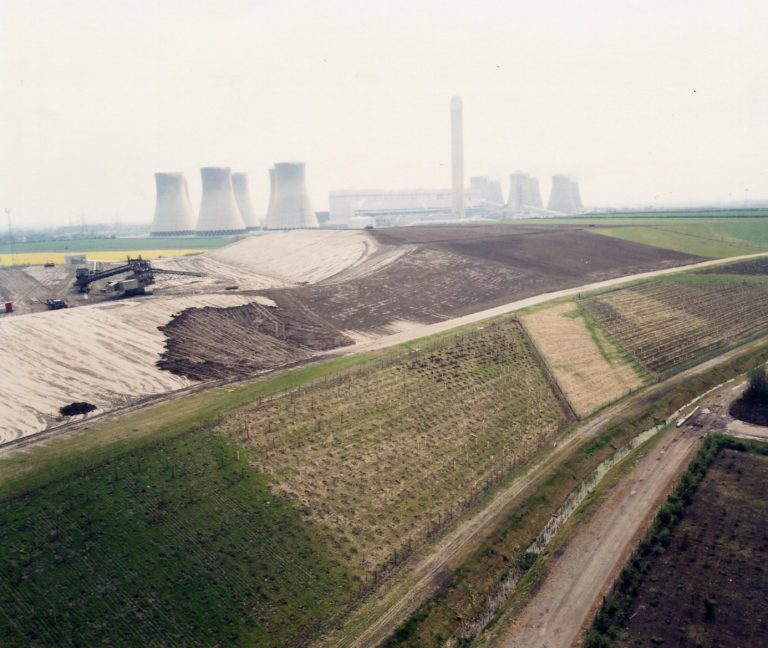
The mound under construction
A mound out of a molehill
When Drax Power Station was first opened in 1974 it was the largest coal power station in Western Europe burning around 250,000 tonnes of coal a week. Burning that much coal resulted in a lot of pulverised fuel ash left over as a by-product. Today much of the ash by-product from burning biomass and coal at Drax is sold to the building industry, but before the market for this product emerged, building a mound was the thing to do.
“The Aberfan disaster happened at around the same time as construction began at Drax, so there was a lot of persuading people that it was the right thing to do,” FGD and By-Products Section Head Andrew Christian says. “So it’s an engineered mound to make sure it won’t ever move. There was a lot of engineering that went into it, and the Central Electricity Generating Board (which then ran Drax) were brilliant at engineering.”
As part of the planning permission for building the mound, Drax proposed to turn the mound into a natural habitat supporting trees and a variety of wildlife. Today the mound is continually managed by a passionate Drax team as well as contracted ecologists and tenant farmers to ensure the nature reserve is an environment that supports all those who call it home.
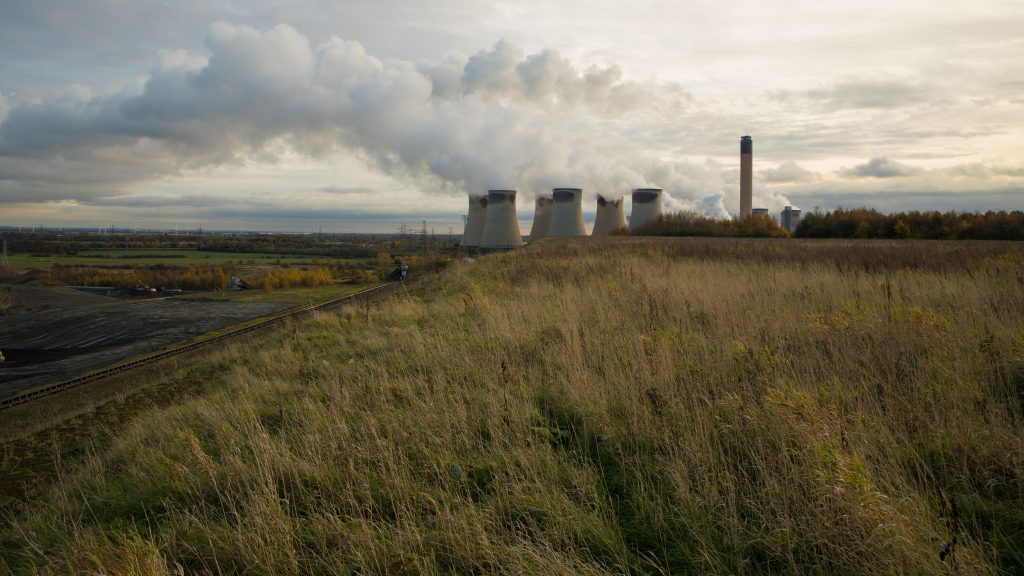
“All of a sudden I’ve got a farmer explaining sheep digestion systems to me and that’s obviously not my area of expertise!” Christian says. “For the ecologists it’s a bit of a dream because not that many people go on there, so there’s not many landmasses like that that have got wildflower meadows, grassland, trees, wet areas, where there aren’t human inhabitants, so things are left to naturally evolve.”
The team of ecologists provide regular advice to Drax, and that advice leads to installations such as the reptile hibernacula which provides a suitable home for grass snakes – “dig a hole, fill it full of rocks and logs, put the grass on top, they love it,” Christian says. Another reason the ecological advice is important is due to the self-contained nature of the habitat – a fence around the entire site means species numbers must be closely monitored.
What you can see at the nature reserve
There are four marked walks for visitors to enjoy that wind through the changing landscapes of the nature reserve, from Fenton’s Pond and its wildlife to the mound-top viewing platform offering panoramic views of Yorkshire, Lincolnshire and Humberside. Drax have recently improved facilities for walkers by installing new signage, a bird hide, and better identification of the walks. The nature reserve is also home to the Yorkshire Wildlife and Swan Rescue Centre which rehabilitates up to 2,000 birds a year.
Another new addition is the new outdoor classroom next to the Skylark Centre. The classroom is now regularly used by Outdoor Ted, an outdoor learning programme for primary schools in Yorkshire designed and delivered by education specialist Stacey Howard. Children can enjoy the nature reserve and can take part in activities such as archery, shelter building and making campfires.
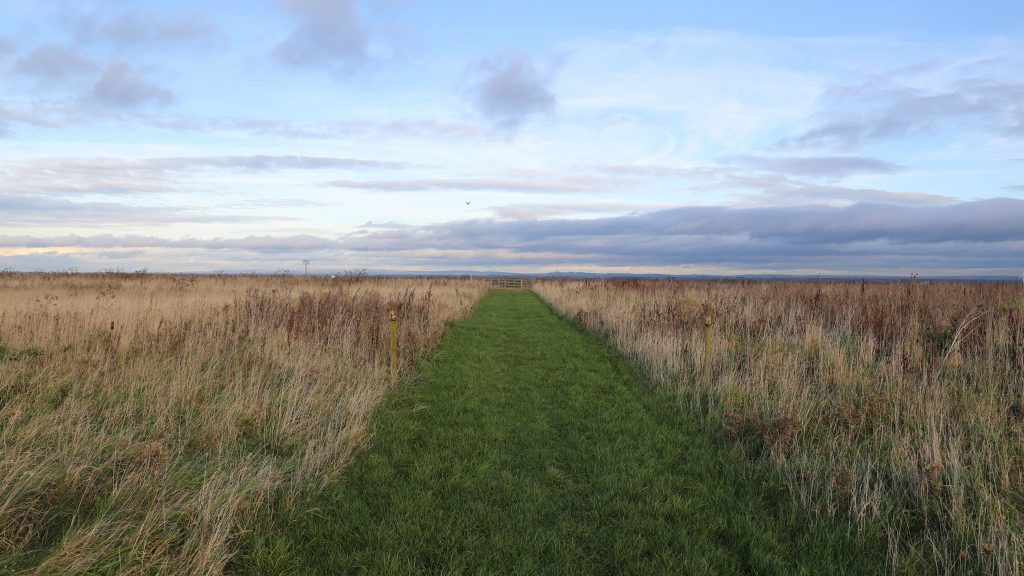
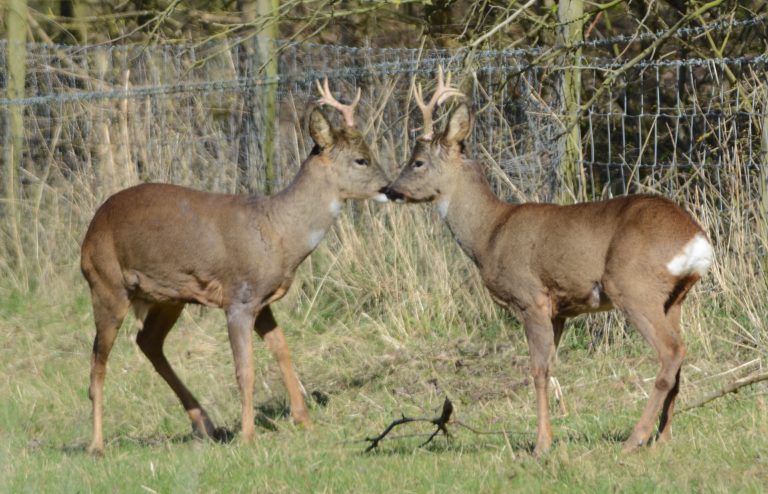
Photo: Steve Parker
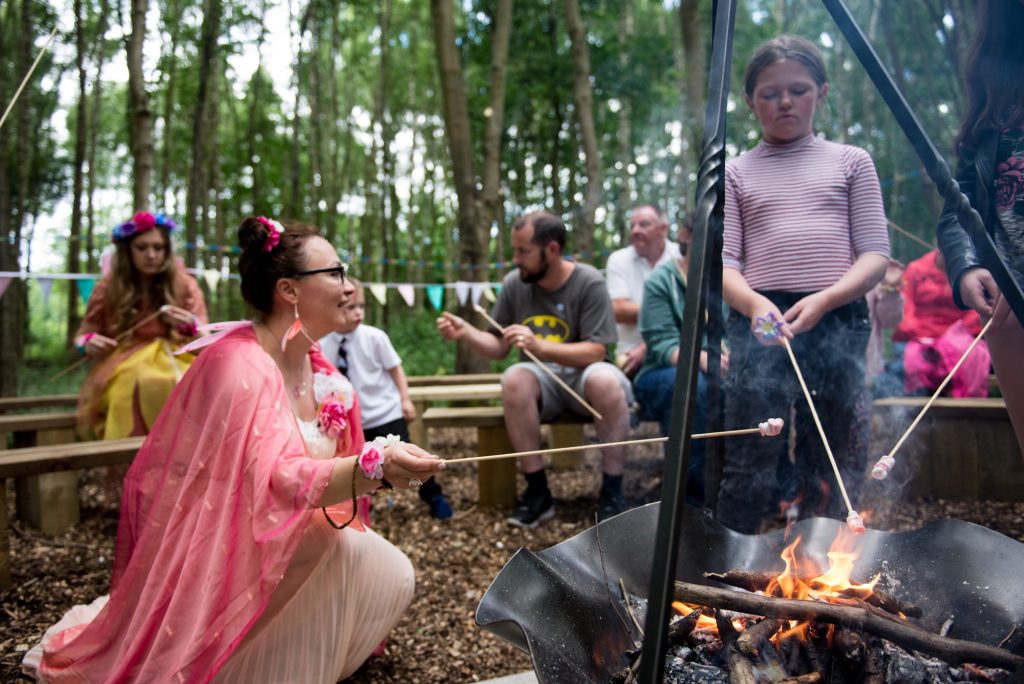
Photo: Steve Parker
And in December 2017 the Skylark Centre is hosting two special Christmas Wonderland events for the public. This year’s events will see the Centre transformed into an elves workshop featuring Christmas traditions from around the world, face painting, Christmas quizzes, arts & crafts and marshmellow roasting around the outdoor fire pit. You can see more information on the Christmas Wonderland events here – everyone is welcome and entry is free with charitable donations welcomed.
A view to the future
It’s part of the original planning condition of Barlow Mound to maintain the habitat and natural resource. But the maintenance of the nature reserve is also about social responsibility. As Christian says, “If you live in Barlow village, when you come in and walk around it, it’s a fantastic place and it’s free.”







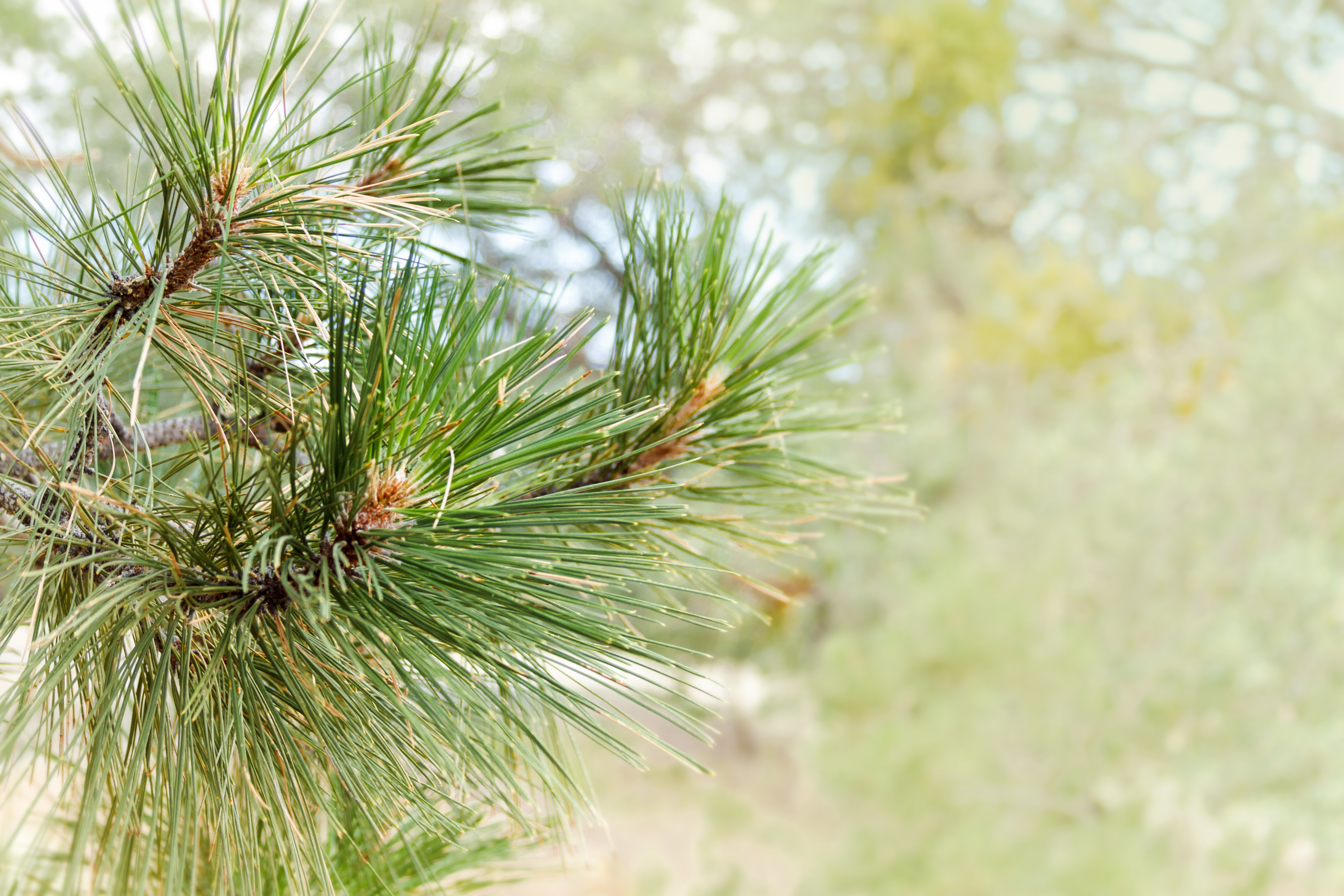
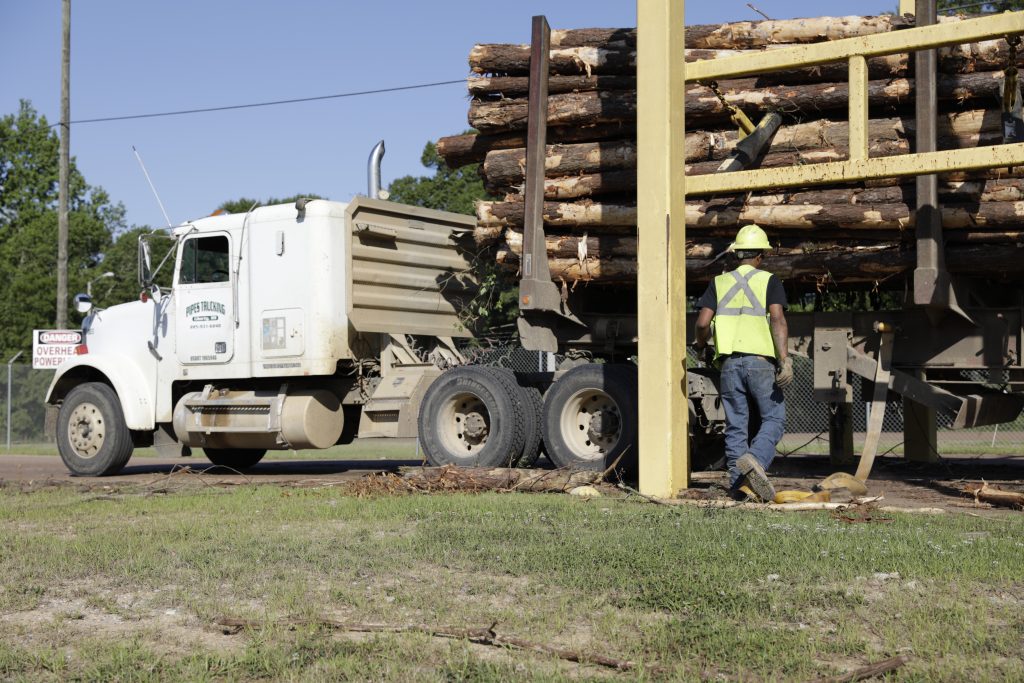
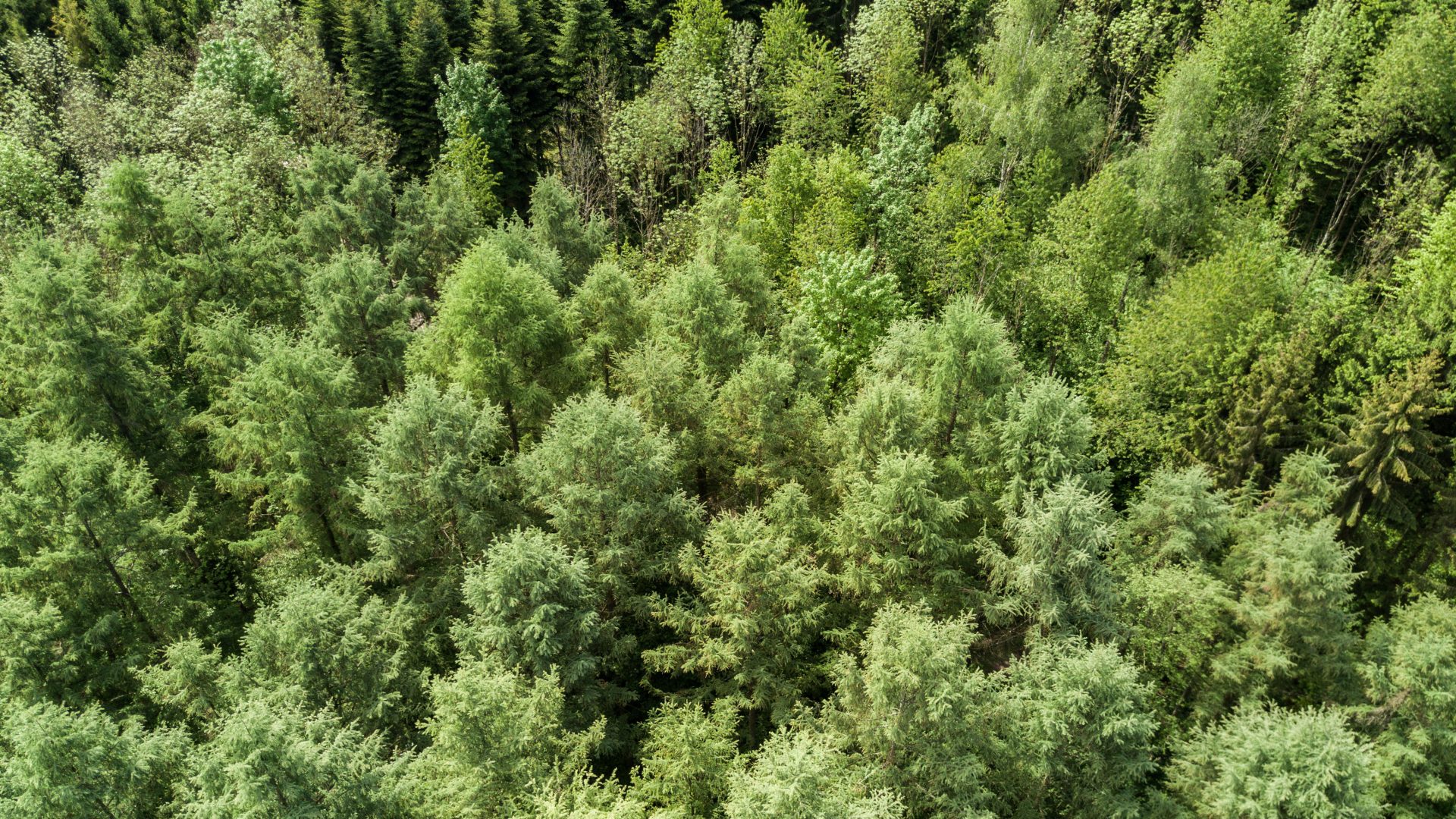
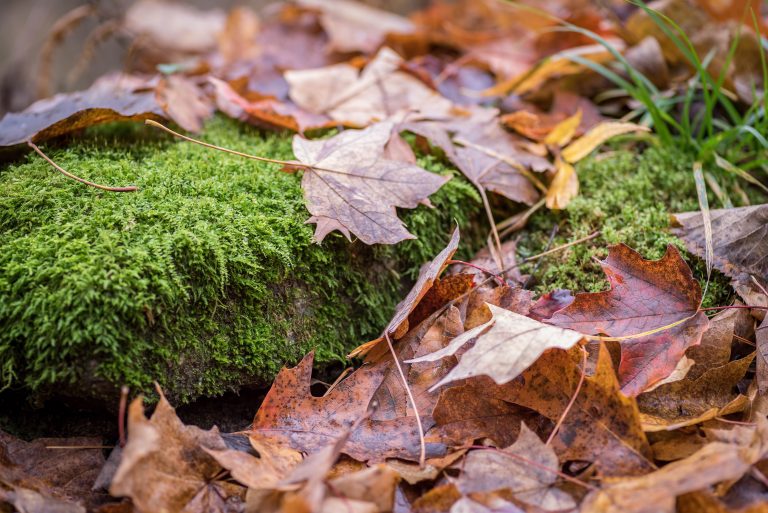
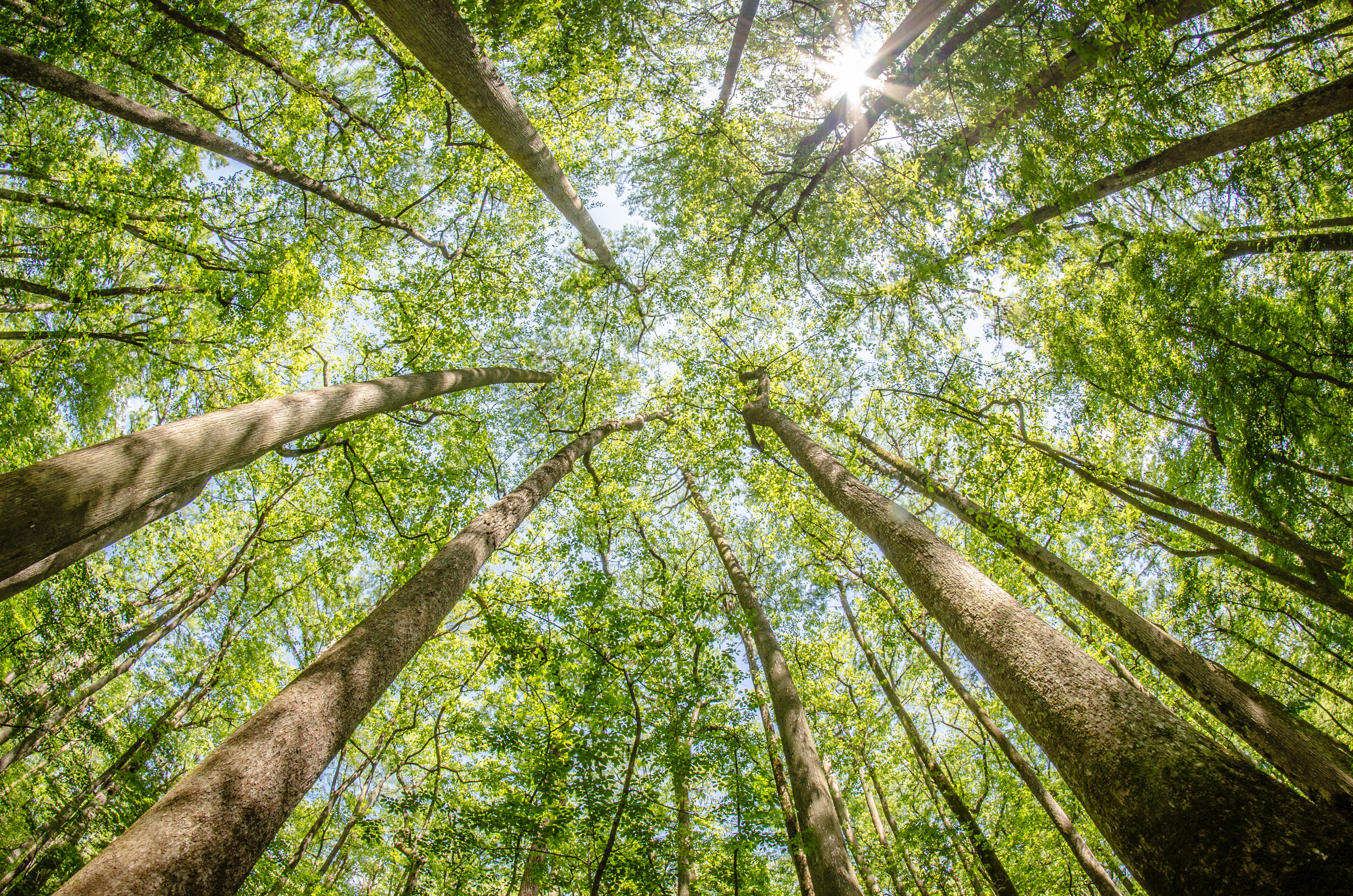
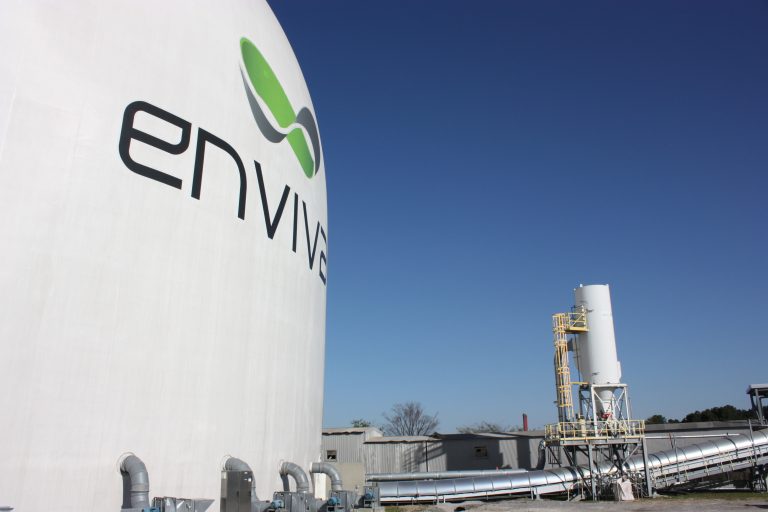

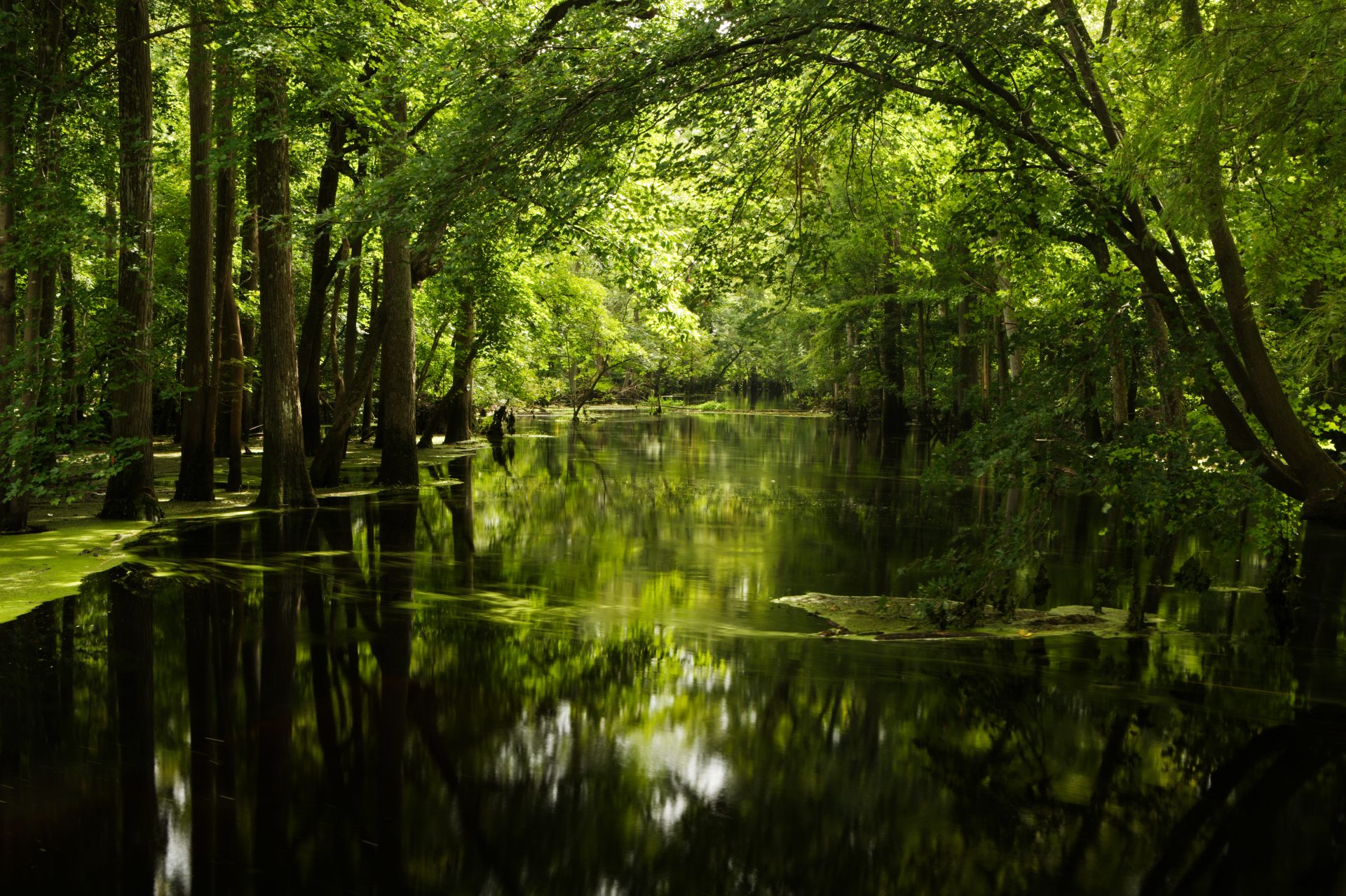
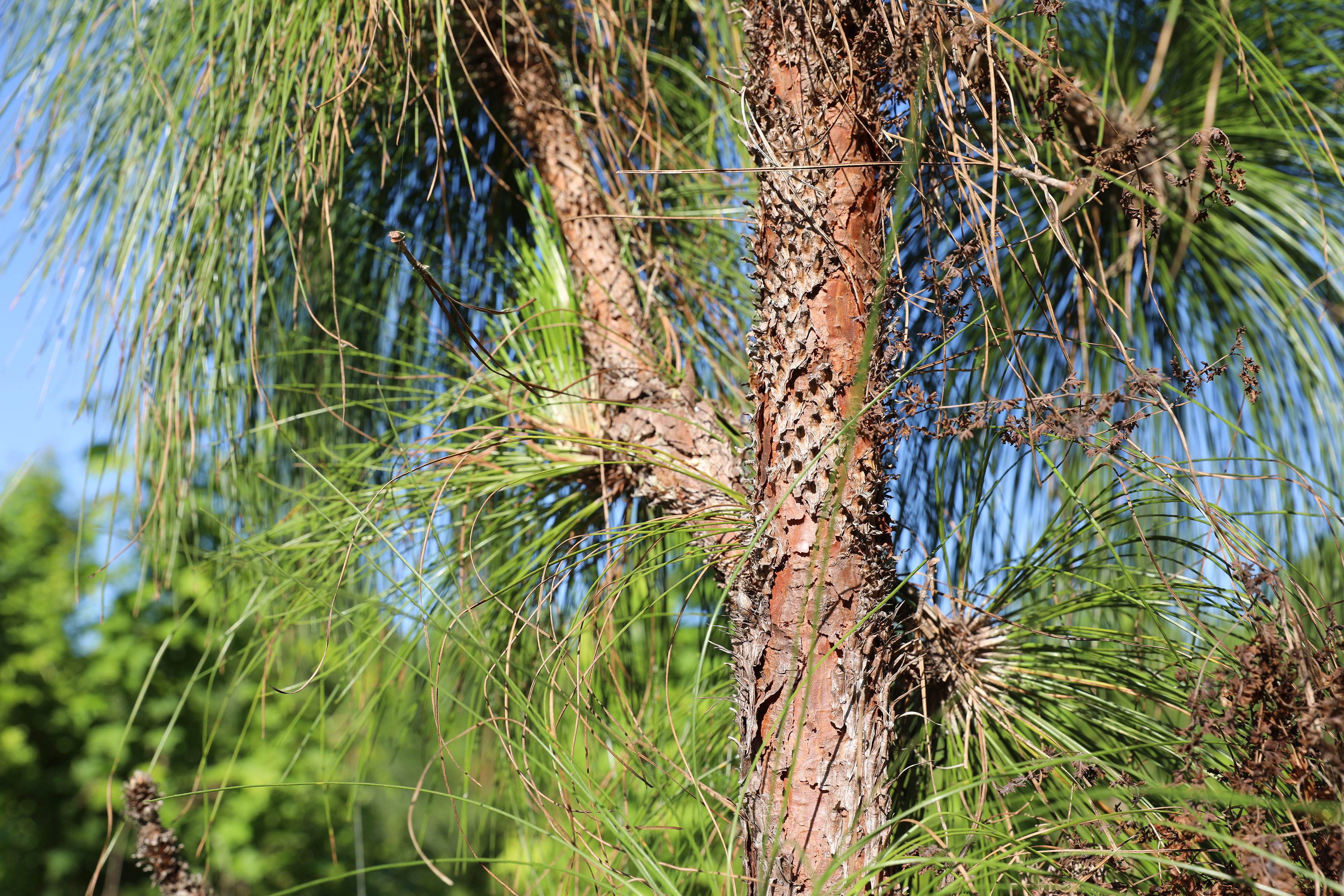
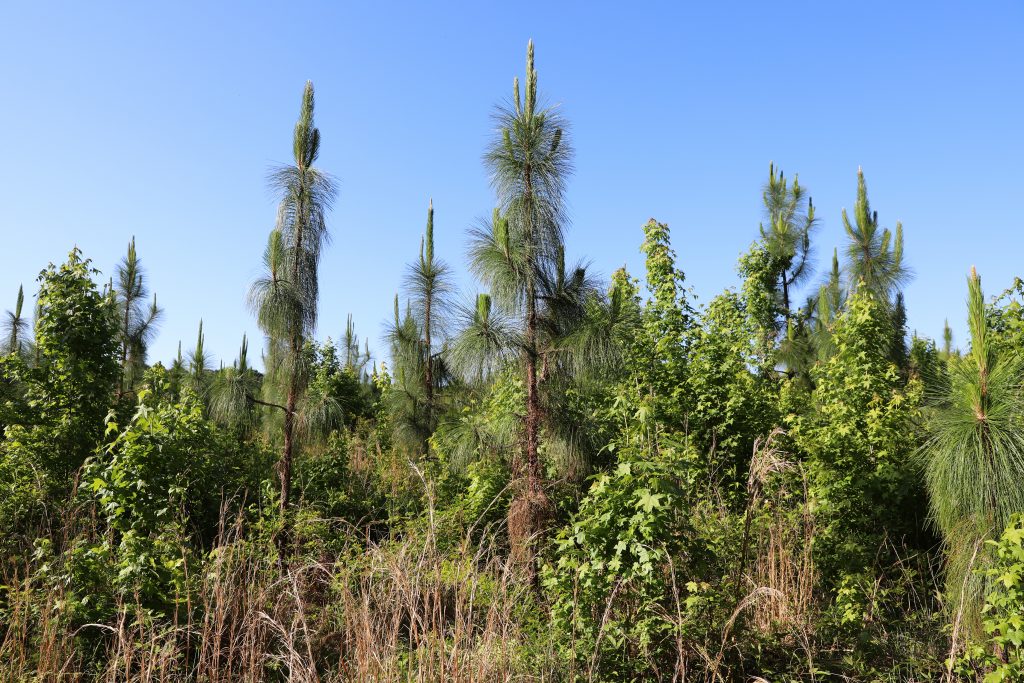
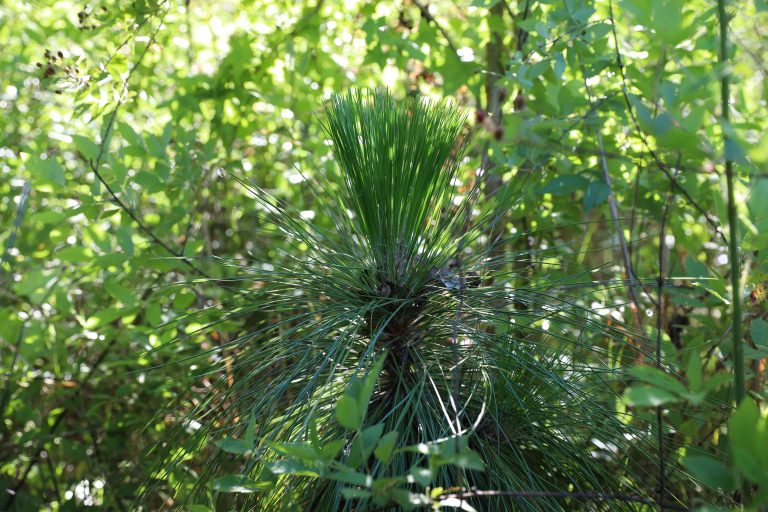
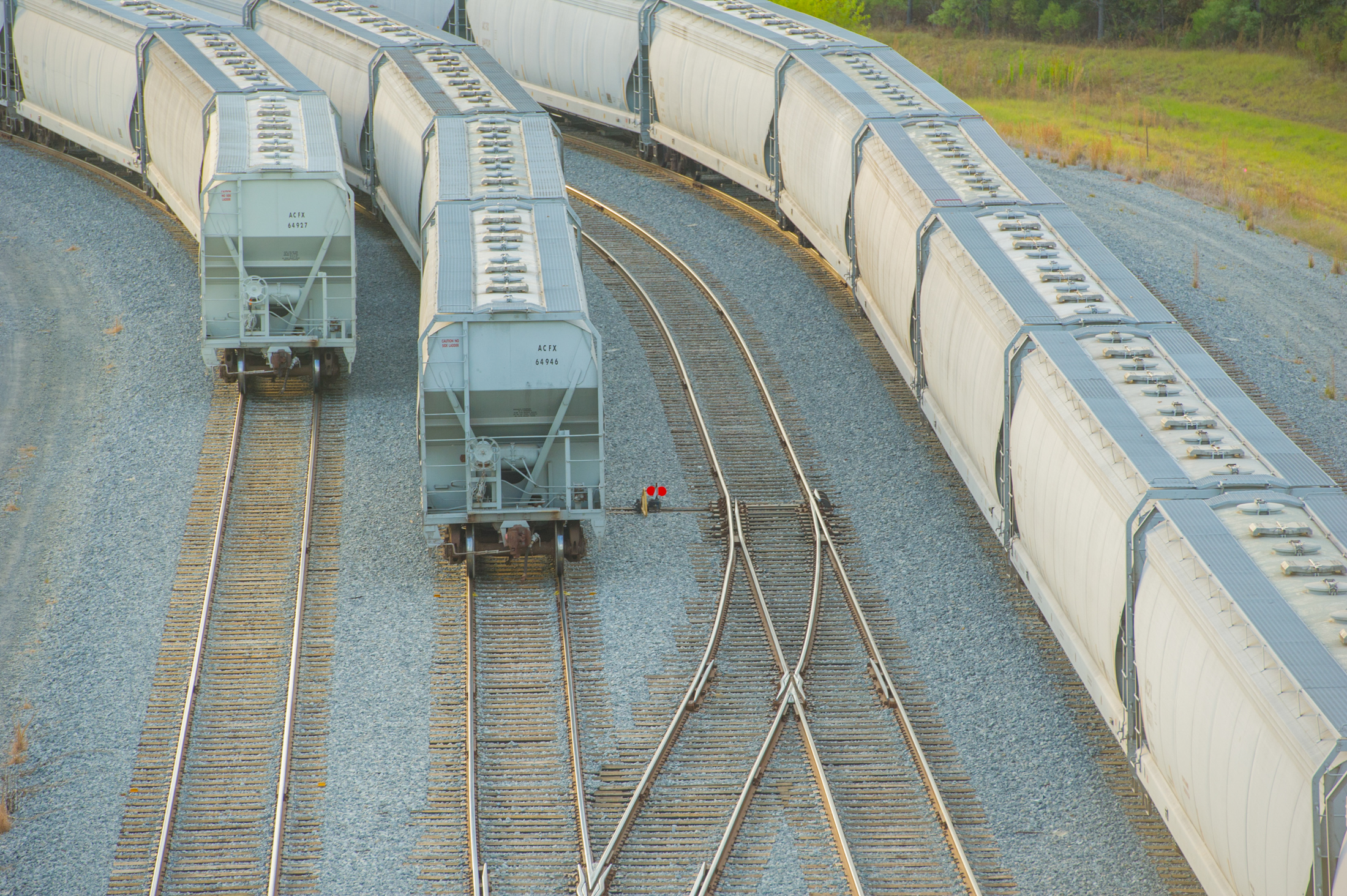


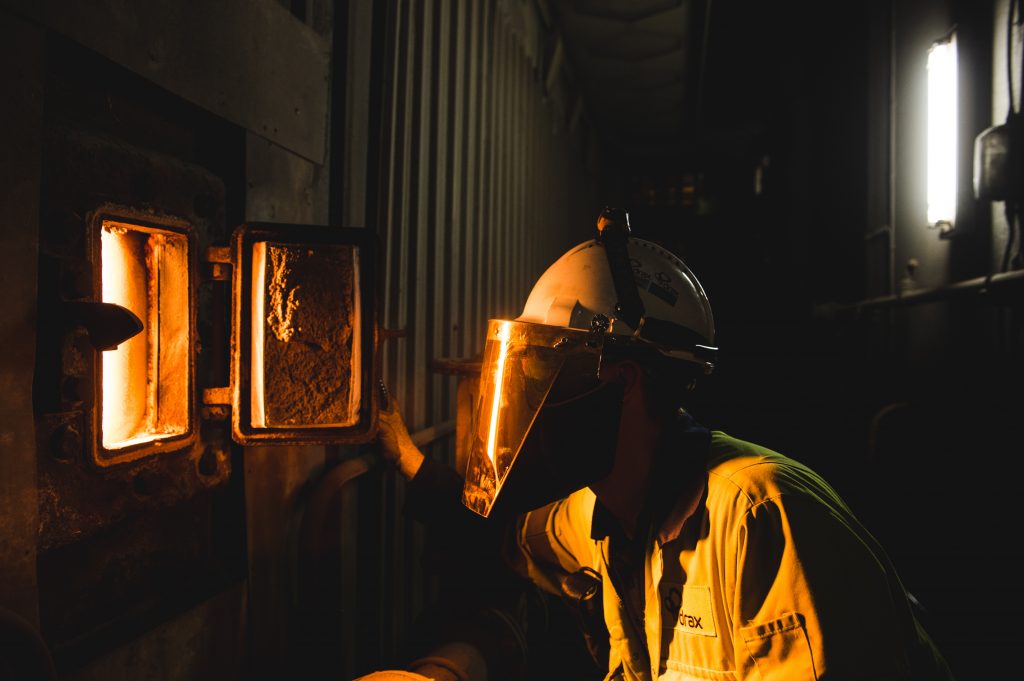

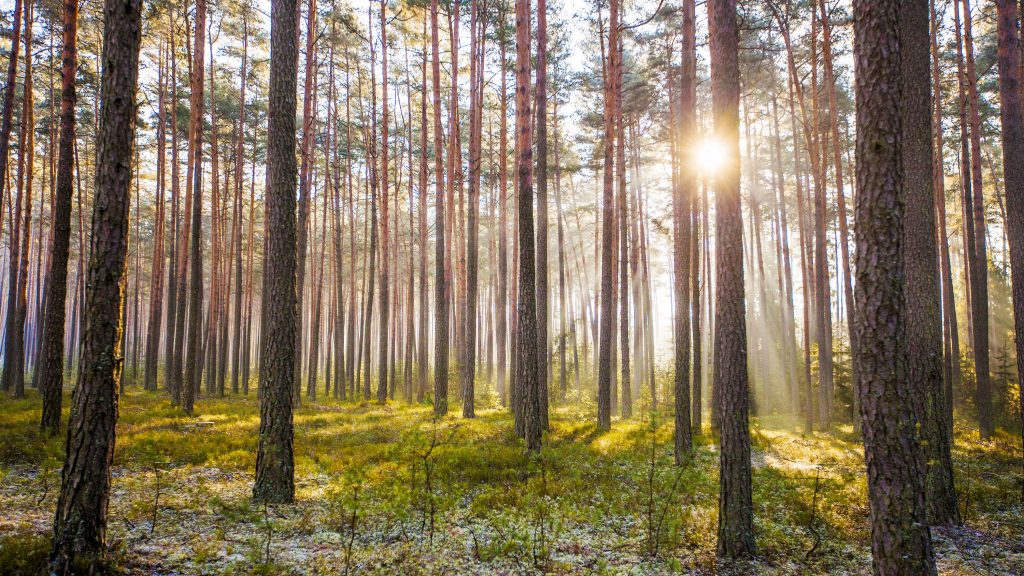


 Powering self-sufficient robots
Powering self-sufficient robots 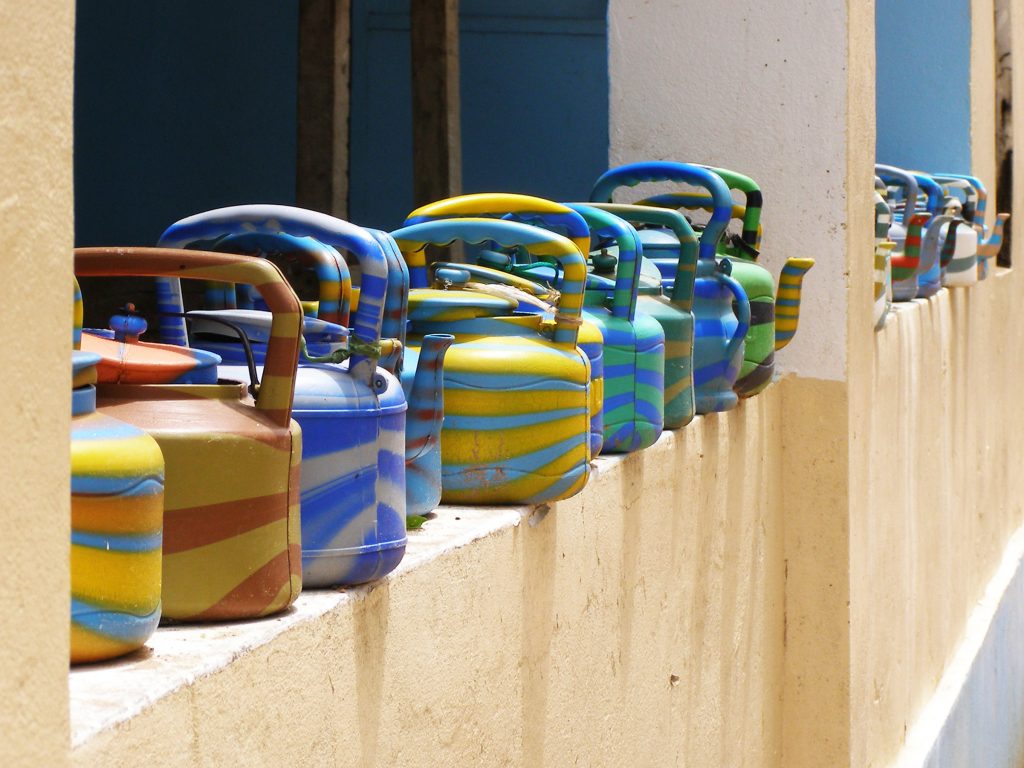 Purifying water
Purifying water Flying across the Atlantic
Flying across the Atlantic